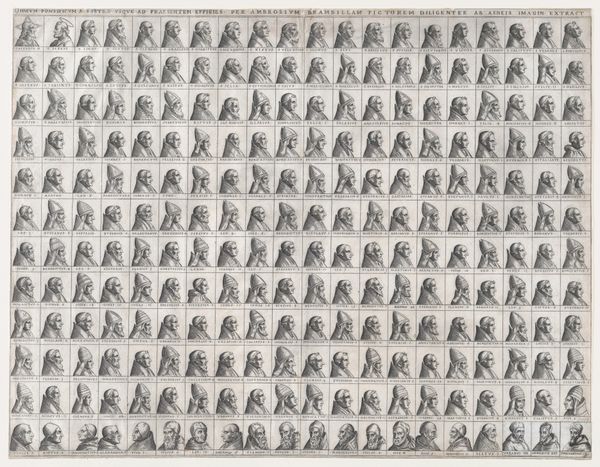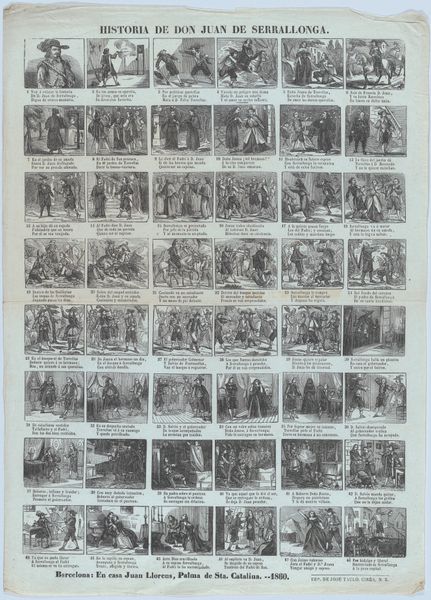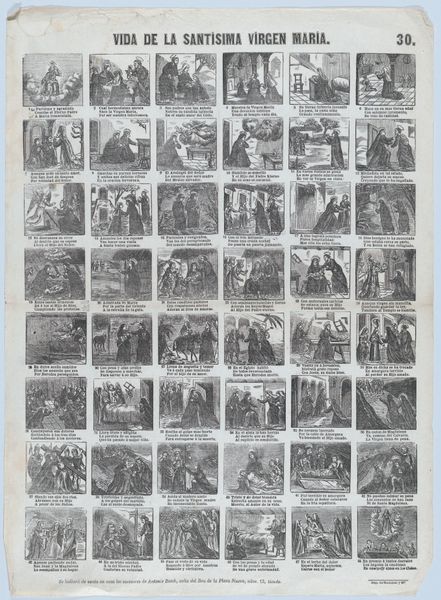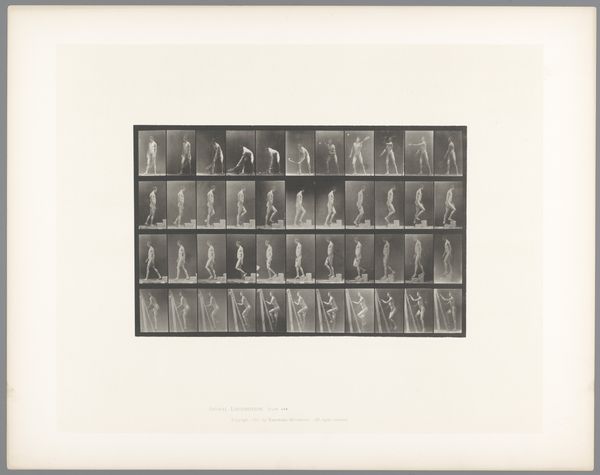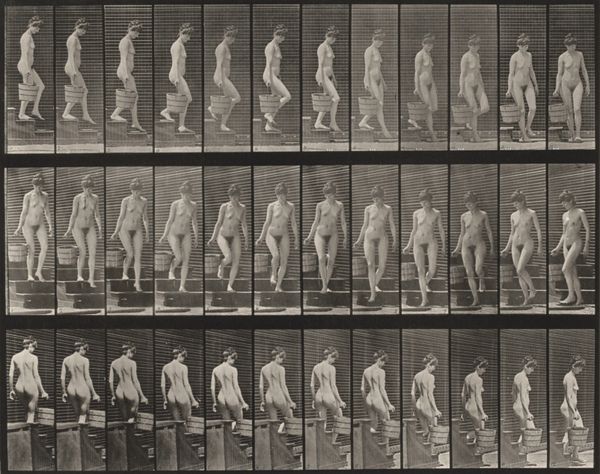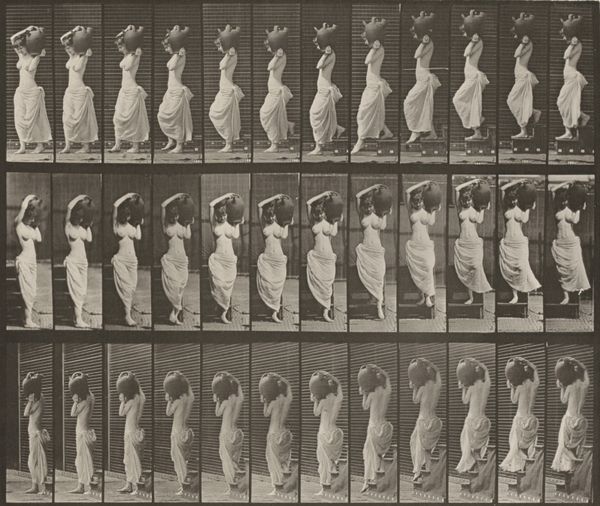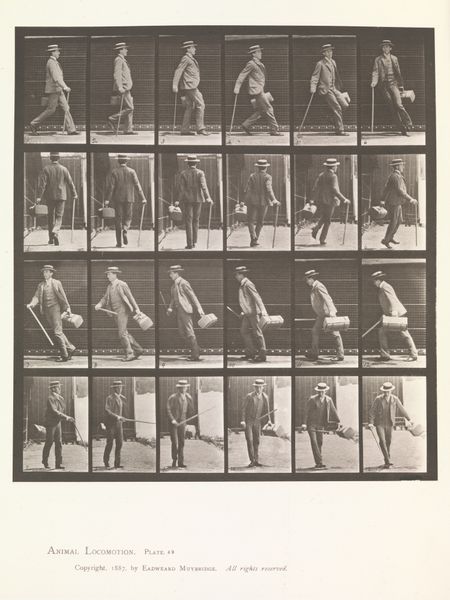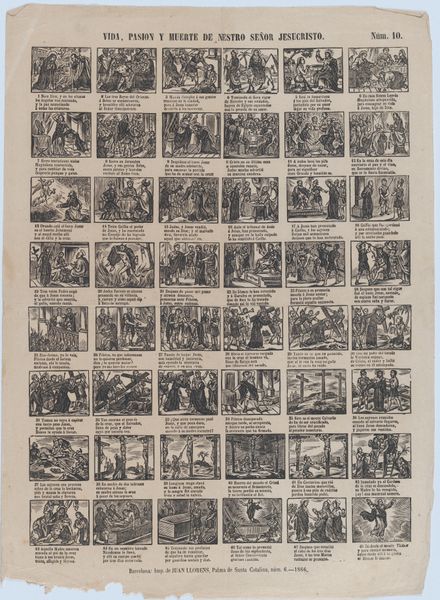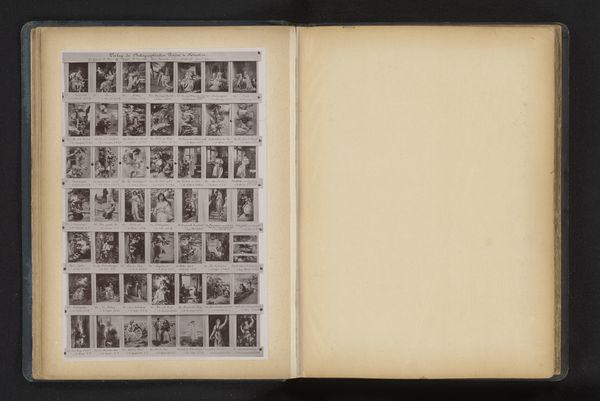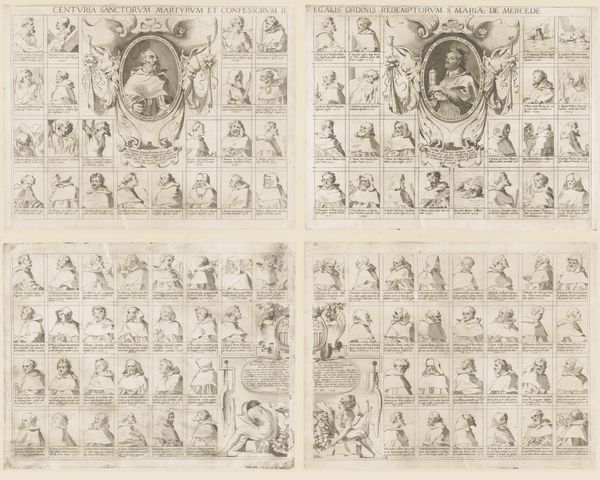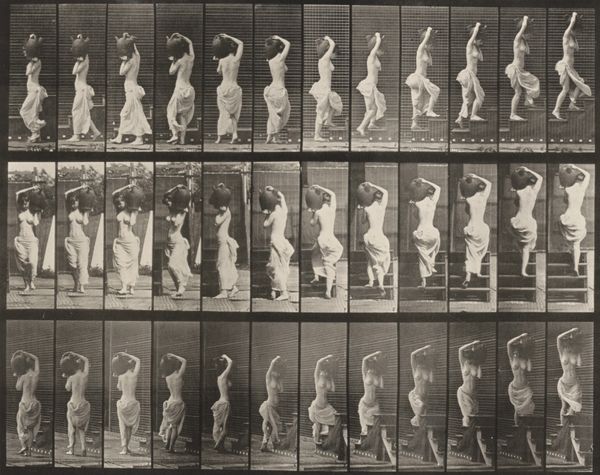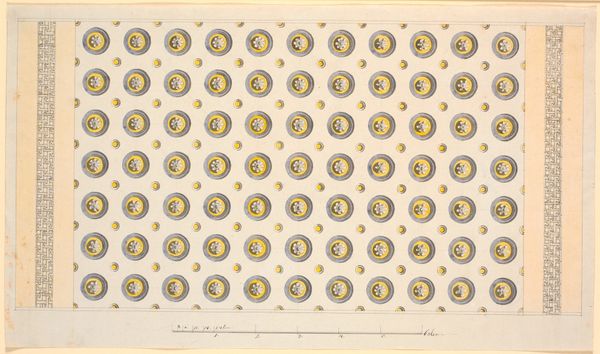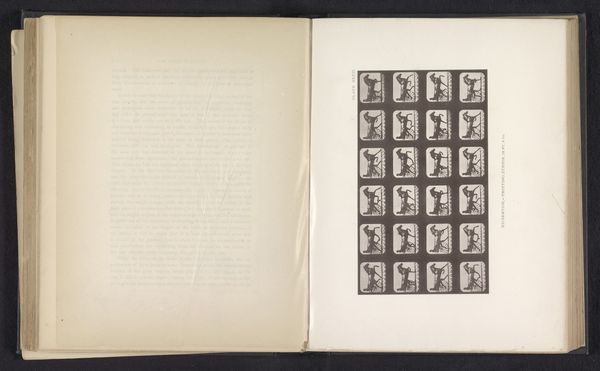
Speculum Romanae Magnificentiae: Portraits of the Wives of Emperors 1587
0:00
0:00
drawing, print, engraving
#
portrait
#
drawing
# print
#
ancient-mediterranean
#
group-portraits
#
italian-renaissance
#
engraving
#
profile
Dimensions: sheet: 13 15/16 x 18 13/16 in. (35.4 x 47.8 cm)
Copyright: Public Domain
Curator: This engraving, dating from 1587, is part of a larger work titled *Speculum Romanae Magnificentiae: Portraits of the Wives of Emperors*. It's an anonymous piece housed here at the Metropolitan Museum of Art. Editor: My initial reaction is one of slight intimidation, actually. So many faces, all presented in profile, it’s like a bureaucratic line-up. Almost oppressive in its uniformity, despite the individuality of each portrait. Curator: That uniformity, I think, speaks to the socio-political function of the image. The print format suggests dissemination to a wider audience, and the grouping of these Imperial wives—all labeled—serves to create a sort of visual encyclopedia of power and virtue. Each carefully rendered face participates in constructing an image of Roman authority for a contemporary audience. Editor: Absolutely. And if we consider the production process itself, the labour involved in creating such a detailed engraving and then printing it for wide distribution emphasizes a commitment to spreading a particular image of Roman history. The very act of replication transforms individual women into reproducible commodities. What sort of paper, ink and press were being used to create these images at the time? It makes you wonder about the materiality, and if it reinforces existing hierarchies. Curator: A critical question, definitely. Also, in selecting *wives* as subjects, this print reinforces patriarchal structures, but by depicting them prominently, does it subtly challenge notions of female invisibility within patriarchal societies? Did the consumers of this print ponder those notions, I wonder? Editor: It's likely those choices, like any act of image-making, came from pre-existing social biases. That this object was specifically designed for display suggests it operated within very precise economic constraints. I'm curious how it was meant to be encountered. Curator: The *Speculum Romanae Magnificentiae* was designed as a kind of guide, documenting ancient Roman buildings, sculptures and portraiture. It's presentation of the Wives in profile speaks to a specific Roman tradition of coin portraiture. But the distribution and display contexts matter greatly. Editor: Agreed. Understanding the economic drivers, production methods and means of consumption—allows us to better decode its complex visual message. It’s so much more than just pretty faces, when you remember this! Curator: Precisely! This was really more of a snapshot into the manufacturing of imagery. Editor: Indeed, this detailed piece offers great insights into the art of disseminating visual ideas!
Comments
No comments
Be the first to comment and join the conversation on the ultimate creative platform.
